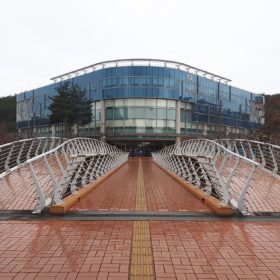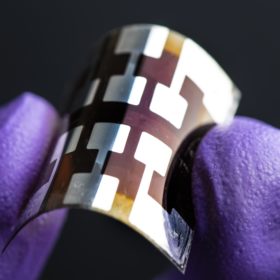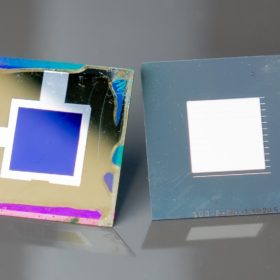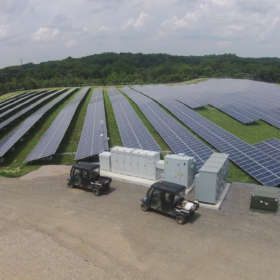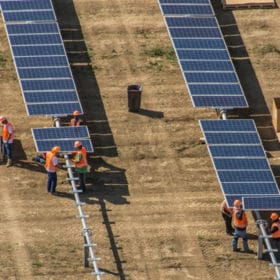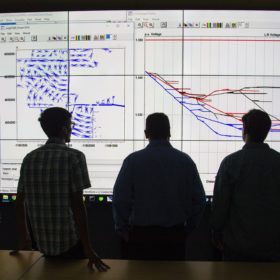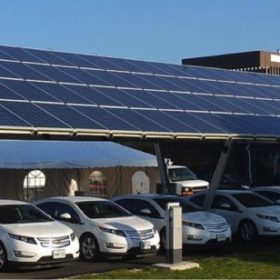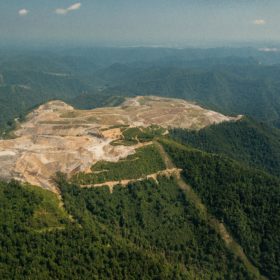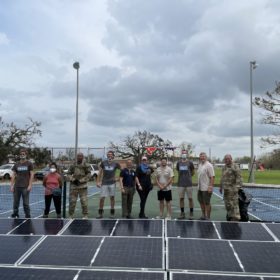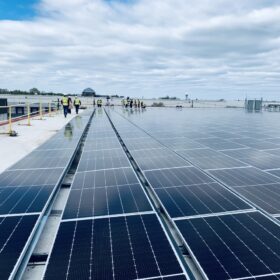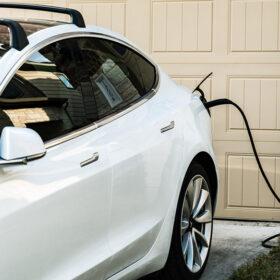Color-tunable transparent silicon solar cell with 7.38% efficiency
Designed for BIPV applications by scientists in Korea, the solar cell is based on a 100μm-thick n-type silicon wafer and has a bending radius of 3-6mm.
The good, the bad and the ugly: Defects in perovskite solar cells
Scientists in the UK delved deep into the structure of a perovskite solar cell to understand the complex relationship among the materials that make up the perovskite layer
Sunrise brief: Florida bill targets solar net metering
Also on the rise: Ohio regulators OK another 600 MW of solar, and a megawatt-scale bifacial solar project enters service near the Arctic Circle.
Center notches 29.80% efficiency for perovskite/silicon tandem solar cell
The solar cell is based on a nanotextured front side and a back side with a dielectric reflector.
Landfills could host more than 60 GW of solar, RMI says
Landfill sited solar capacity would nearly double Biden administration goals to grow community solar while increasing total U.S. solar power capacity by about 58%.
Solar could account for 20% of all U.S. generation by 2050, EIA says
The forecast include electricity generated from both utility-scale and small-scale solar facilities in the electric power, residential, commercial, and industrial sectors.
Sunrise brief: Global energy storage market set to hit 1 TWh by 2030, BNEF says
Also on the rise: Rooftop solar fires are a real and growing risk, A-SMACC says it could refile anti-dumping tariff petitions, and five New England colleges now are powered by solar under a novel PPA arrangement.
The energy storage decade has arrived, BNEF says
Falling battery costs and “surging” renewables penetration make energy storage a “compelling flexible resource in many power systems.”
Costs for all types of PV systems continue to fall, NREL benchmark report says
In a change from previous years’ reports, however, balance of systems costs have increased or remained flat across sectors in 2021.
Solar-covered parking lots could offer multiple benefits
Researchers from Yale found that parking lots across Connecticut could host 7 GW of solar capacity and produce 9,000 GWh of electricity in their first year of operation.
